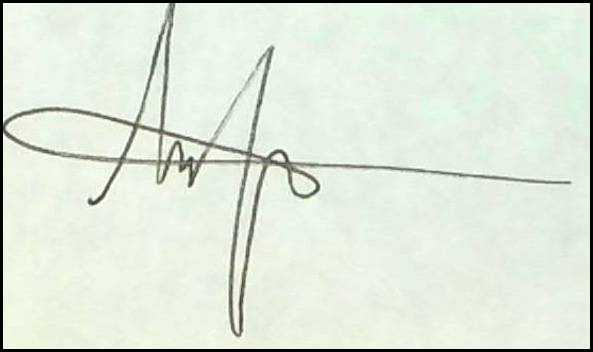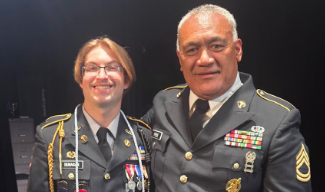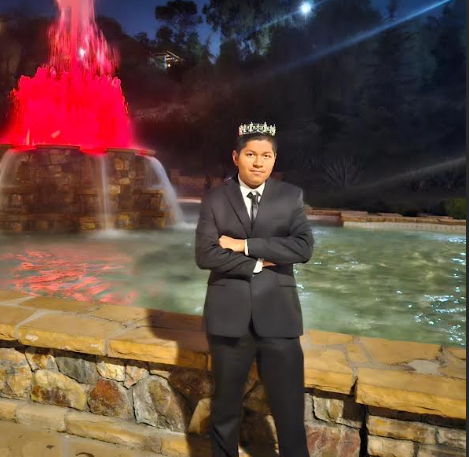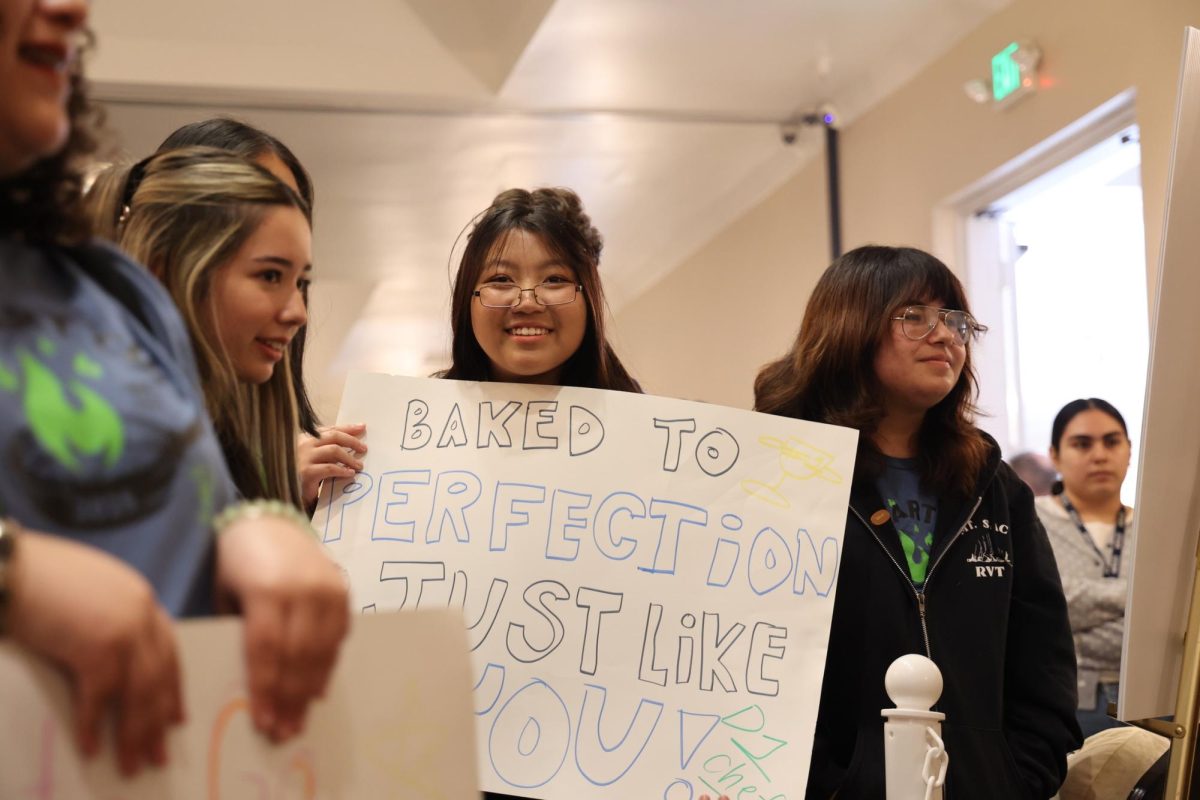Senior Leo Barragan never learned cursive handwriting in elementary school, so when it came time to sign his work permit and driver’s license, he had to get creative.
Barragan adopted the cursive letter “W” as his signature, despite not having a “W” anywhere in his name. What does the “W” stand for? Nothing. “I know it’s totally random, but I just like the way it looks,” he said.
Students like Barragan have sparked a conversation about the role of cursive in school. While it’s still commonly taught in elementary schools, some wonder if cursive is still a valuable skill.
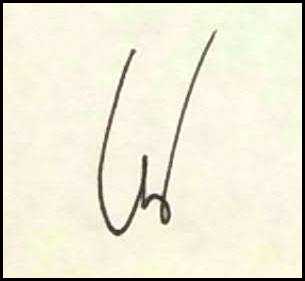
Retired special education teacher Joanne Sellers says cursive, when taught at the elementary level, can help students develop motor skills.
“You don’t have to pick the pen up and put it down every time,” Sellers said. “It’s a fluid motion and it’s much more conducive to writing, reading and all kinds of things.”
Third-grade teacher Kristin Schleicher says that elementary teachers have sacrificed cursive for other topics. “Most teachers don’t have time to include cursive in their curriculum as they have to focus on teaching mental health, black history month, women’s history month, and many other things,” Schleicher said.
Sophomore Avery Hung learned cursive in third grade at Olita Elementary School. She prefers writing in cursive because it’s faster and more efficient.
“It feels better than print because I don’t have to pick up my pencil as much,” she said. “I can also forgive myself for my mistakes a little bit more easily because I’m a perfectionist and cursive looks pretty.”
She isn’t surprised that she’s one of the only people in her classes to use cursive on assignments and papers. “I know friends who do calligraphy and such but it’s not something I usually see from my classmates.”

Junior Julia Bustamante learned cursive in third grade at Beechwood Elementary. She remembers her fourth-grade teacher being very strict when learning cursive. “She was like, ‘Pay attention! You’re gonna use this throughout your life,’” Bustamante said. “It’s true for me, but it’s not true for most people because now we type and really don’t write as much down on paper anymore.”
FUHS English teacher Brooke Thorson is pleased to know her two daughters are still being taught cursive in elementary school, but she notices their teachers place less emphasis on it than when she was in school.
“I think it’s considered a dying art,” she said. “It’s important you still learn it so you can read and recognize cursive even if people don’t use it as much anymore.”

Thorson doesn’t think cursive should be totally abandoned. Even though only a few of her students use cursive regularly, she believes there’s still value to the writing style.
“I still think it’s helpful to at least be taught it at some stage,” she said. “There are old documents and pictures of things or letters that you may need to be able to read. I think it’s important to read it even if you can’t write it.”
The debate over cursive involves staff as well as students. “I know other English teachers who used to force their seniors to do a whole unit on cursive to make sure they knew how to read and write it,” Thorson said. “Some of these kids would literally have no idea what the letters were, so the teachers were like ‘see, they need to learn.’ That might be true but I would always tell them ‘yes, I think they should know cursive letters and be able to read it, but the future of writing is computer.’’’
Even though she doesn’t think cursive is obsolete, Thorson understands it isn’t the most important thing to teach. With schools adopting more technology like iPads and Chromebooks into daily classwork, typing is becoming far more practical to teach to young classes.
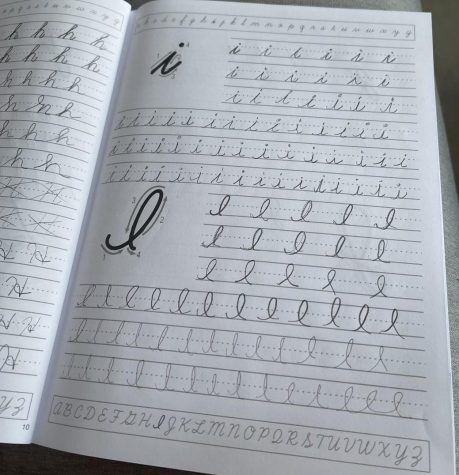
“We do so much of our work now on keyboards, and there are very few people that prefer to write a long letter in cursive over writing an email,” she said. “I think typing takes priority over cursive because a lot of my students do not know how to type, and I don’t think schools teach it like they used to.”
Thorson remembers taking typing classes in the 90s, something she credits for making work easier for school and life in general.
“When I was in 7th grade, we had a whole semester where you took a typing class,” she said. “It was boring at that time, don’t get me wrong, but I’m so glad they had us do that because by the time I got into 8th and 9th grade I could always type. I didn’t have to look at my keys anymore, and now I’m so fast my keyboard gets frozen sometimes. It’s a very useful skill to have.”
Reporter Sofia Matin contributed to this story.



